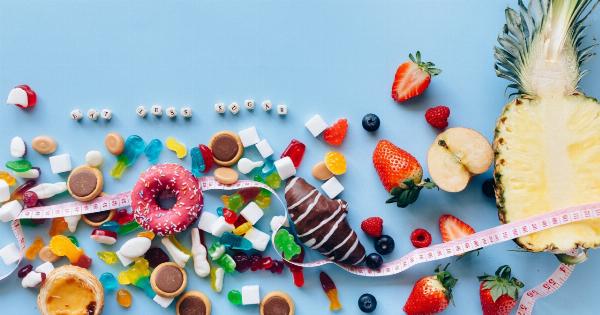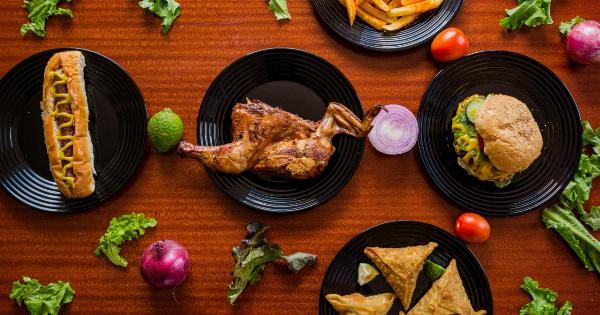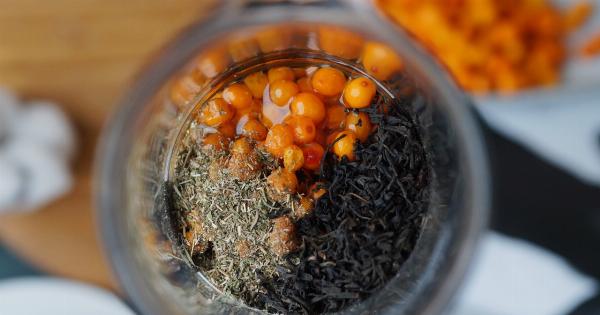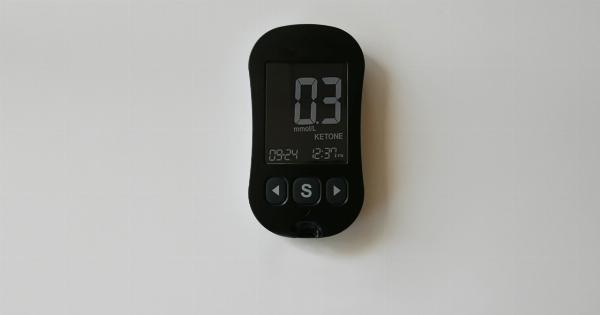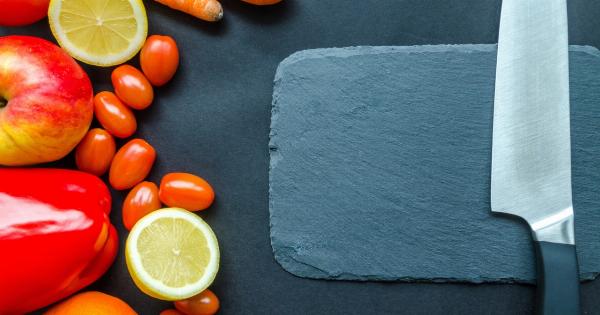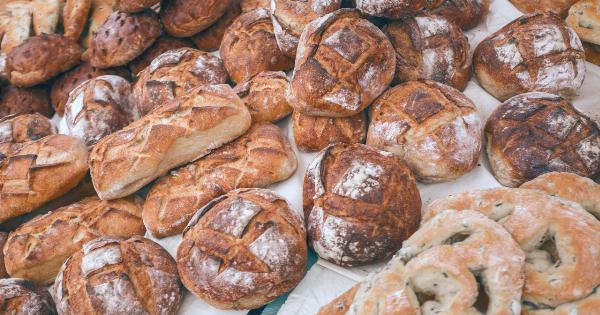Trans fats are artificially produced fats that are commonly found in many packaged and processed foods. They are created by adding hydrogen to liquid vegetable oils, making them more solid and stable at room temperature.
While trans fats can improve the taste, texture, and shelf life of foods, they have been linked to numerous health issues, such as heart disease, diabetes, and obesity. For this reason, it is essential to know which foods are high in trans fats and to avoid consuming them as much as possible. In this article, we will go over the most trans fat-rich foods that you should steer clear of.
1. Fried Foods
Fried foods, such as French fries, chicken wings, and donuts, are often cooked in oils that are high in trans fats, such as partially hydrogenated vegetable oil. These oils are commonly used in fast food restaurants and in frozen or pre-packaged foods.
A single serving of French fries can contain up to 6 grams of trans fat, while an order of fried chicken can contain up to 3 grams. To limit your intake of trans fats, try to avoid fried foods as much as possible or opt for healthier cooking methods, such as baking or grilling.
2. Margarine
Margarine is a popular butter substitute that is made from vegetable oils that have been partially hydrogenated.
While margarine is marketed as a healthier alternative to butter, it is often high in trans fats, which can increase your risk of heart disease. To reduce your consumption of trans fats, choose spreads that are low in or free of trans fats, such as olive oil-based spreads.
3. Baked Goods
Baked goods, such as cakes, cookies, and pastries, are often made with partially hydrogenated vegetable oils to improve their texture and flavor.
A single serving of a baked good can contain up to 3 grams of trans fat, making them a significant source of trans fats in the American diet. To limit your consumption of trans fats, try to bake treats at home using healthier fats, such as coconut oil or avocado oil, or look for baked goods that are made with natural oils.
4. Frozen Foods
Frozen foods, such as frozen pizzas, dinners, and snacks, are often made with partially hydrogenated oils to extend their shelf life and preserve their flavor.
Many frozen foods contain up to 2 grams of trans fats per serving, making them a significant source of trans fats in the American diet. To reduce your intake of trans fats, look for frozen foods that are made with natural oils, such as olive oil or canola oil, or cook your meals from scratch with fresh ingredients.
5. Crackers
Crackers are often made with partially hydrogenated oils to improve their texture and flavor. A single serving of crackers can contain up to 2 grams of trans fat, making them a significant source of this unhealthy fat.
To reduce your consumption of trans fats, choose crackers that are made with natural oils, such as whole wheat or oat crackers, or look for low-fat crackers that are free of trans fats.
6. Non-Dairy Creamers
Non-dairy creamers are often made with partially hydrogenated oils to improve their texture and flavor. A single serving of non-dairy creamer can contain up to 1 gram of trans fat, making it a significant source of trans fats in the American diet.
To limit your intake of trans fats, use natural dairy products, such as milk or cream, or choose non-dairy creamers that are free of trans fats, such as almond milk or soy milk.
7. Salad Dressings
Salad dressings are often made with partially hydrogenated oils to improve their taste and texture. A single serving of some salad dressings can contain up to 2 grams of trans fat, making them a significant source of trans fats in the American diet.
To reduce your consumption of trans fats, choose dressings that are made with natural oils, such as olive oil or vinegar-based dressings, or make your own dressing at home using healthy fats, such as avocado or flaxseed oil.
8. Microwave Popcorn
Microwave popcorn is often made with partially hydrogenated oils to extend its shelf life and improve its flavor.
A single serving of microwave popcorn can contain up to 4 grams of trans fat, making it a significant source of trans fats in the American diet. To reduce your intake of trans fats, look for popcorn brands that use natural oils, such as coconut oil or palm oil, or make your popcorn from scratch using a stove or air popper.
9. Shortening and Lard
Shortening and lard are types of solid fats that are commonly used in baking and frying. Both are made from partially hydrogenated oils, making them high in trans fats.
A single serving of shortening can contain up to 3 grams of trans fat, while a single serving of lard can contain up to 2 grams. To limit your consumption of trans fats, use healthier fats, such as coconut oil or olive oil, or choose shortenings and lards that are free of trans fats.
10. Processed Meats
Processed meats, such as sausages, hot dogs, and bacon, are often made with partially hydrogenated oils to improve their flavor and texture.
A single serving of processed meat can contain up to 1 gram of trans fat, making them a significant source of trans fats in the American diet. To reduce your intake of trans fats, choose lean cuts of meat or plant-based alternatives, such as tofu or tempeh, or look for processed meats that are made with natural oils.
Avoiding trans fats is a critical step in maintaining a healthy diet and reducing your risk of numerous health issues.
By being aware of the most common trans fat-rich foods and choosing healthier alternatives, you can improve your overall health and well-being.



